There are many causes of disease in animals. Knowledge of what causes disease, and of how animals can get a disease, helps us to know how to prevent disease and to treat sick animals.
Parasites
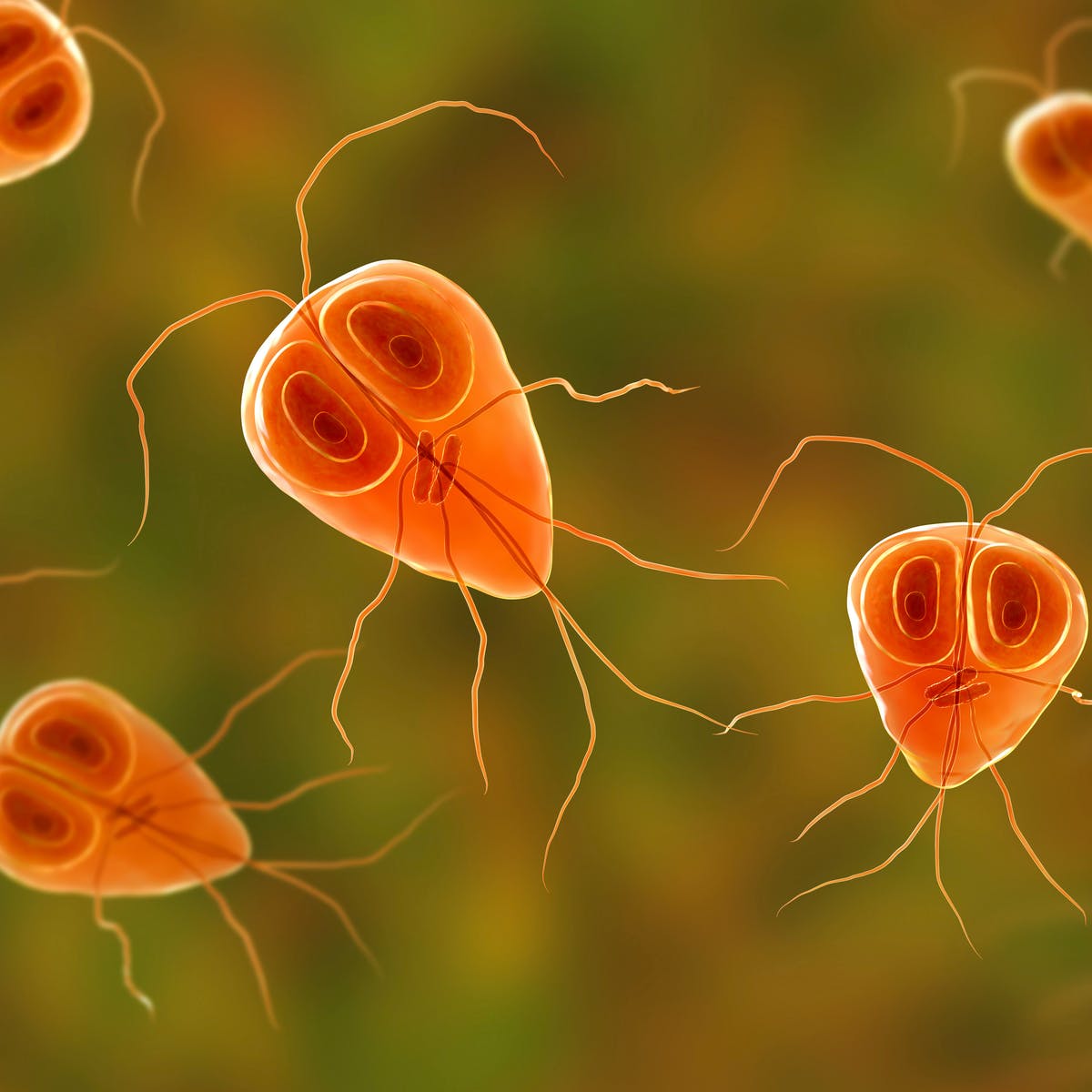
Parasites are organisms that have to live on or in other organisms, such as animals, in order to survive. Most parasites are easy to see, although some mites and the early stages of worms can only be seen under a microscope.
External Parasites
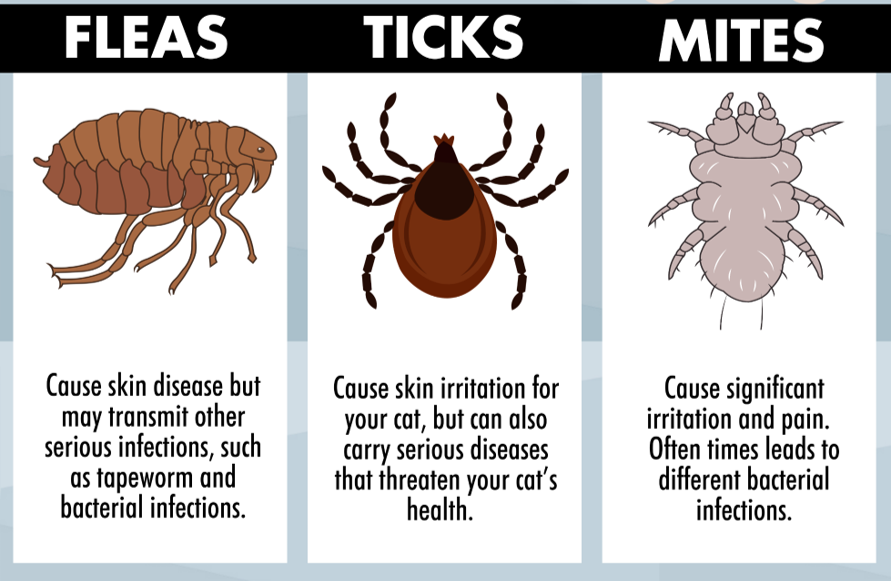
Mites Flies, lice, fleas, ticks and mites can cause serious diseases in animals.
Some live on the animals for their entire lives, others only spend part of their lives there, while others only visit to feed.
They can result in irritation and skin damage in animals. Some parasites can also pass diseases such as Redwater and three-day Stiff sickness between animals.
Internal Parasites
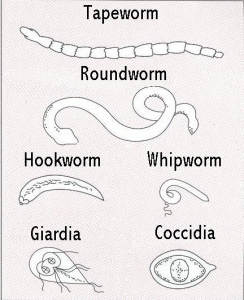
Internal parasites (including roundworms, flukes and tapeworms) can cause serious diseases and loss of production in animals.
They usually live in the stomach and intestines but also in other parts of the body such as the lungs and liver.
Click here to view a video that explains internal parasite control in ruminant animals.
Microbes (Germs)
Microbes (germs) are usually too small to be seen with the naked eye and only a microscope will enable you to see what a microbe looks like.
Just because you do not see microbes with your naked eye, does not mean that they cannot cause disease in your animals.
Some microbes are harmless. For example, bacteria surround animals and people, and they even live on our skin and inside our nose, mouth and stomach, but these bacteria do not normally cause problems. Some microbes are even helpful, such as the ones in our gut that help us to digest food.
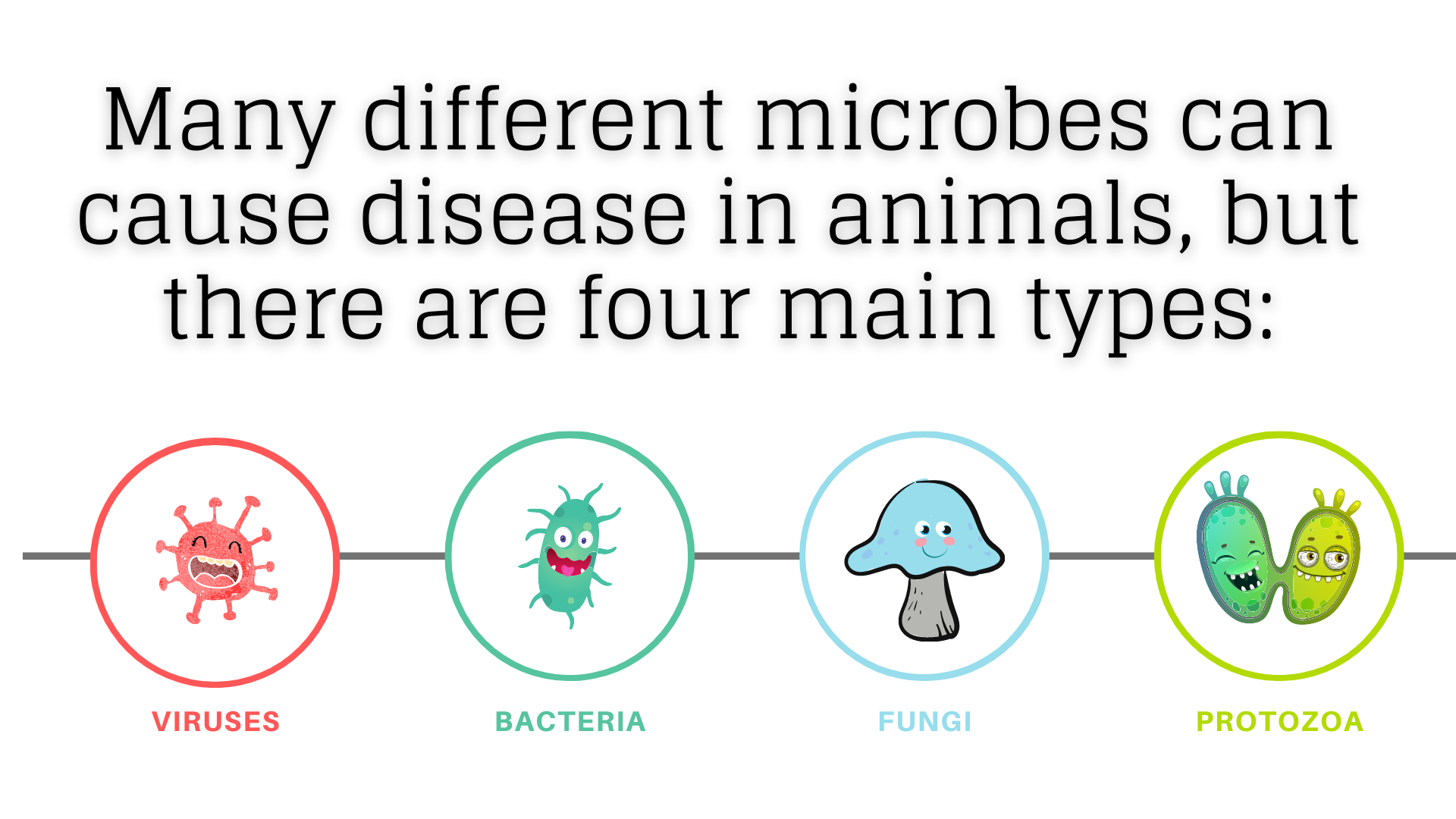
Click here to view a video that explains rumen microbial fermentation.
Viruses
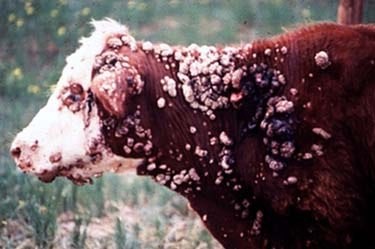
Viruses are the smallest of all microbes.
They must live inside cells in order to survive and breed.
Viruses cause about 60 % of disease outbreaks in animals and humans.
Examples of diseases in animals caused by viruses are rabies, Newcastle disease and three-day Stiff sickness.
It is difficult to treat diseases caused by viruses because the viruses live inside animal cells.
Therefore, any medicine that can kill the viruses will also harm the animals in which the viruses are present.
Click here to view a video that explains bluetongue and lumpy skin disease, awareness and prevention.
Bacteria
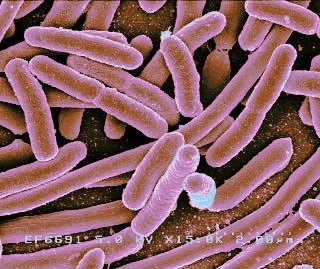
Bacteria can live in animals and in the environment. Not all bacteria cause disease.
People and animals have bacteria living on and in them that do not cause disease.
Examples of diseases in animals caused by bacteria are anthrax, Black quarter and tuberculosis. Bacteria can infect wounds, and that is why wounds should be treated.
Fungi
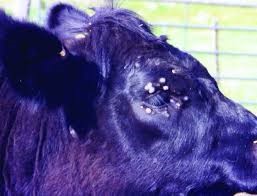
Fungi occur widespread in the environment (soil, air and water) and include mould on stale food and mushrooms. Fungi need to grow on organic material in order to feed, and this can include animals and people.
An example of fungal disease in animals is ringworm.
Some fungi are normally harmless but can cause disease in some situations, especially after prolonged use of antibiotics. Some fungi can also produce toxins or poisons which can be a problem when food becomes stale or wet.
Protozoa
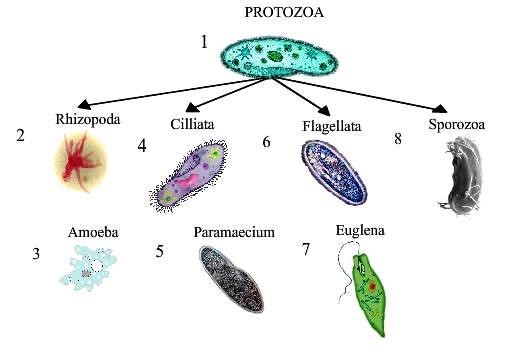
Some protozoa can live outside cells, especially the type that causes trichomonosis, venereal disease in cattle. Others need to live inside cells and include those causing coccidiosis, Redwater, Heartwater and gall sickness.
Animals can be poisoned by chemicals (such as insecticides and dips), poisonous plants and fungal toxins.
They can also be poisoned when bitten by snakes, scorpions and spiders.
Poisoning
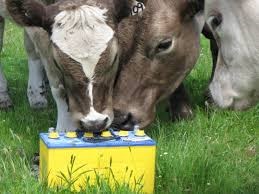
Animals can be poisoned by chemicals (such as insecticides and dips), poisonous plants and fungal toxins.
They can also be bitten by snakes, scorpions and spiders.
Dietary Problems
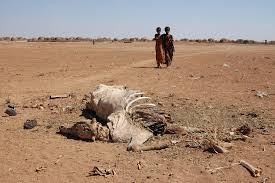
Lack of enough food or lack of a particular part of the food (such as phosphorus) can also cause disease.
Malnourished animals may develop other diseases because they are weak.
Metabolic Diseases
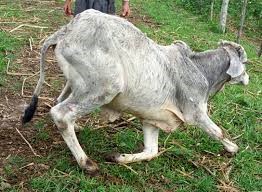
Metabolic diseases are an upset in the normal functioning of the animal (that is not caused by infection, poisoning or feed deficiencies) and usually result from intensive animal production.
An example is milk fever in highly-productive dairy cows.
Congenital Diseases
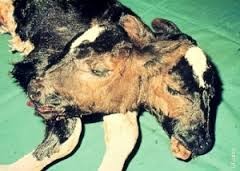
In some cases, animals can be born with a disease. Some of these may be inherited (passed on from the parents). This is rare, and inherited diseases are usually seen at birth. An example is a congenital hydrocephalus, which is a swelling of the brain caused by fluid and can be clearly seen as a swelling of the head.
Environmental Diseases
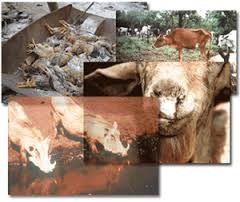
Environmental problems, such as littering, contribute to some diseases, for example, animals may eat plastic bags or wires, and this can harm the animal's health.
Cancer
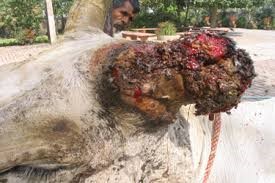
Cancer occurs when some of the cells in the body grow in a way that is different from normal. Illness occurs because of the pressure of the growth on other parts of the body and the fact that affected parts of the body cannot function normally.
Cancer can also cause signs such as fever and loss of condition.
In some instances, viruses can cause cancer.
Allergies
Some diseases are caused by allergies, which is when the body's own immune system attacks part of the body.
Degenerative Disease
Some diseases are caused by parts of the body breaking down, particularly as an animal becomes older.
How To Prevent Diseases
Good management, which includes good hygiene and sufficient feed, can reduce the chances of animals getting a disease.
In some cases, vaccination and practices such as dipping and de-worming can also prevent disease.
Click here to view a video that explains the diseases of fattening unit animals.
Click here to view a video that explains how to prevent disease on the farm.